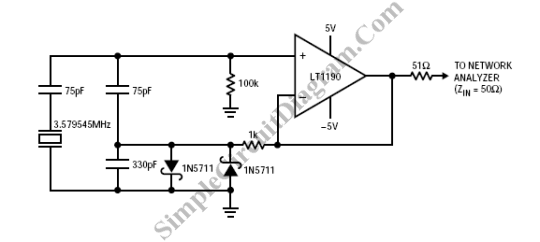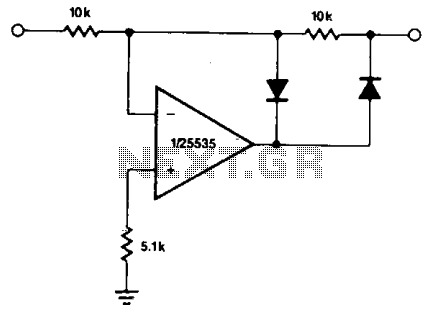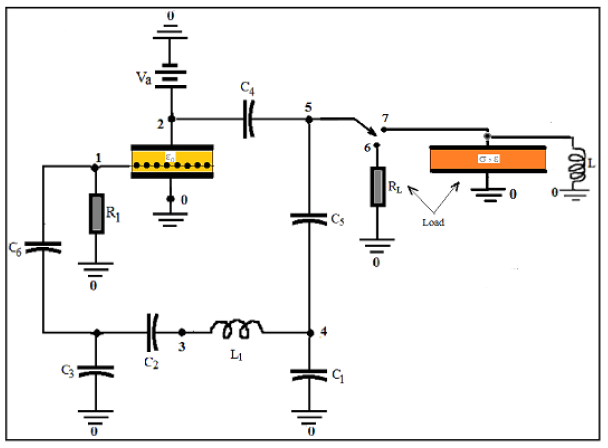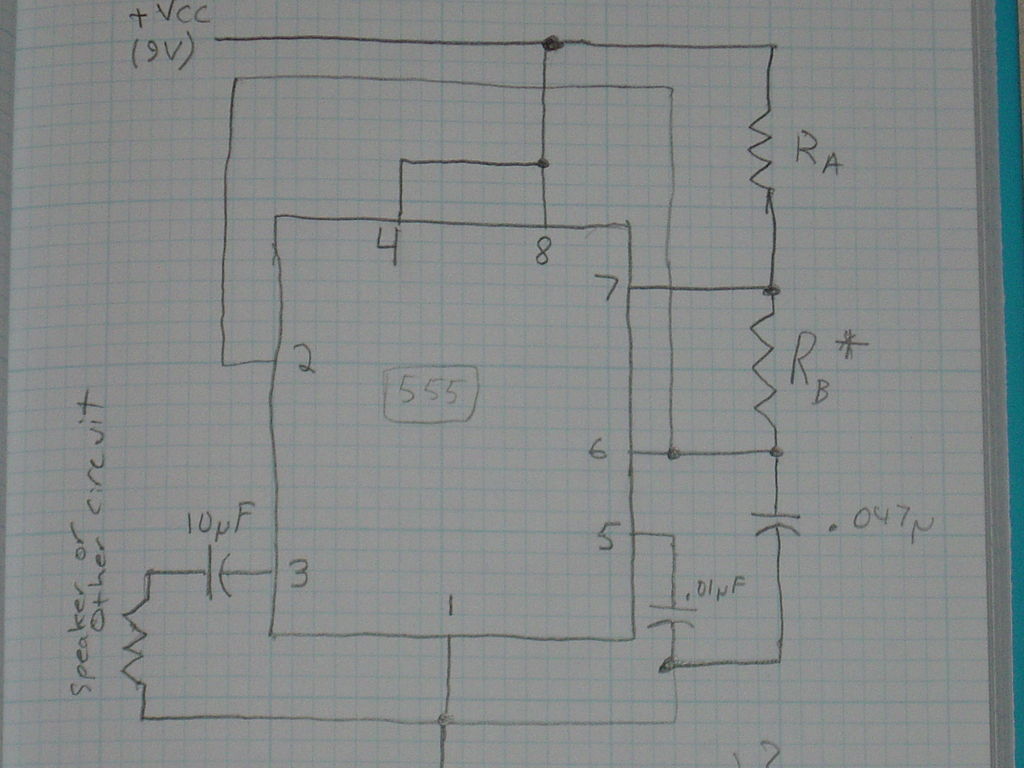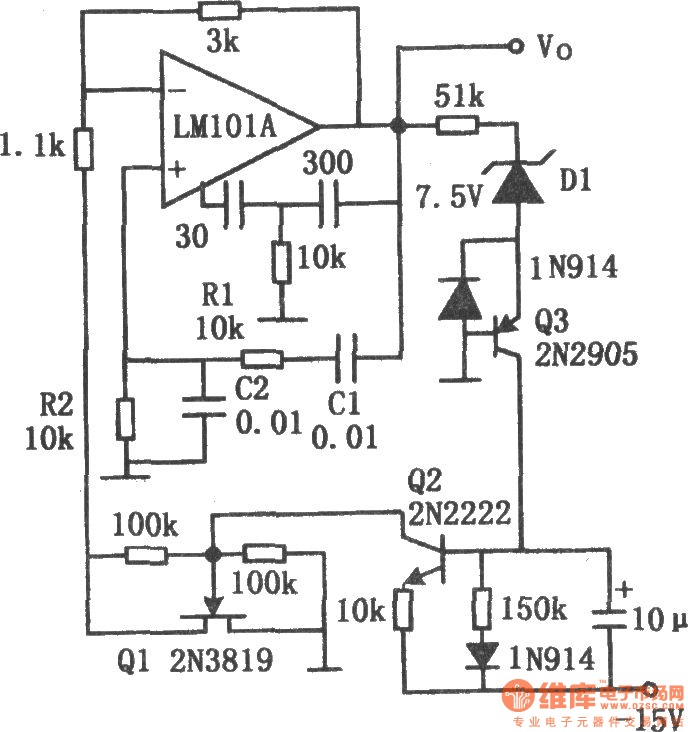
Sine Wave Oscillator
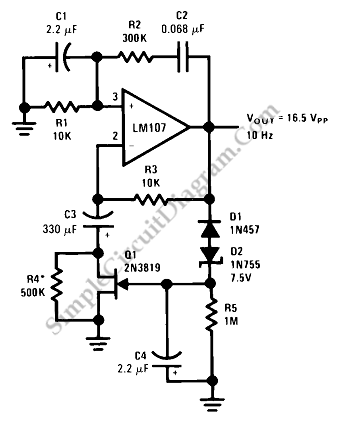
This is a sine wave oscillator circuit, also known as an amplitude-stabilized sine-wave oscillator. It provides a high-purity sine wave output.
This sine wave oscillator circuit is designed to generate a stable sine wave output with minimal distortion, making it suitable for various applications in signal processing and waveform generation. The circuit typically utilizes operational amplifiers (op-amps) in a feedback configuration to maintain the amplitude and frequency stability of the output signal.
Key components of the circuit may include resistors, capacitors, and inductors that determine the frequency of oscillation. The choice of op-amps is crucial, as they must exhibit low noise and high linearity to ensure the purity of the sine wave.
To achieve amplitude stabilization, the circuit can employ techniques such as automatic gain control (AGC) or feedback mechanisms that adjust the gain based on the output signal's amplitude. This ensures that variations in load or supply voltage do not significantly affect the output waveform's amplitude.
The output of the sine wave oscillator can be utilized in various applications, including audio signal generation, function generators, and as a reference signal in measurement systems. The circuit's design should also consider factors such as power supply requirements, thermal stability, and component tolerances to ensure reliable performance over time.
Overall, the amplitude-stabilized sine wave oscillator circuit is a versatile and essential component in electronic systems requiring high-quality sine wave signals.This is a Sine Wave Oscillator circuit. This circuit as known as amplitude-stabilized sine-wave oscillator. It can gives high purity sine-wave output down to.. 🔗 External reference
This sine wave oscillator circuit is designed to generate a stable sine wave output with minimal distortion, making it suitable for various applications in signal processing and waveform generation. The circuit typically utilizes operational amplifiers (op-amps) in a feedback configuration to maintain the amplitude and frequency stability of the output signal.
Key components of the circuit may include resistors, capacitors, and inductors that determine the frequency of oscillation. The choice of op-amps is crucial, as they must exhibit low noise and high linearity to ensure the purity of the sine wave.
To achieve amplitude stabilization, the circuit can employ techniques such as automatic gain control (AGC) or feedback mechanisms that adjust the gain based on the output signal's amplitude. This ensures that variations in load or supply voltage do not significantly affect the output waveform's amplitude.
The output of the sine wave oscillator can be utilized in various applications, including audio signal generation, function generators, and as a reference signal in measurement systems. The circuit's design should also consider factors such as power supply requirements, thermal stability, and component tolerances to ensure reliable performance over time.
Overall, the amplitude-stabilized sine wave oscillator circuit is a versatile and essential component in electronic systems requiring high-quality sine wave signals.This is a Sine Wave Oscillator circuit. This circuit as known as amplitude-stabilized sine-wave oscillator. It can gives high purity sine-wave output down to.. 🔗 External reference
